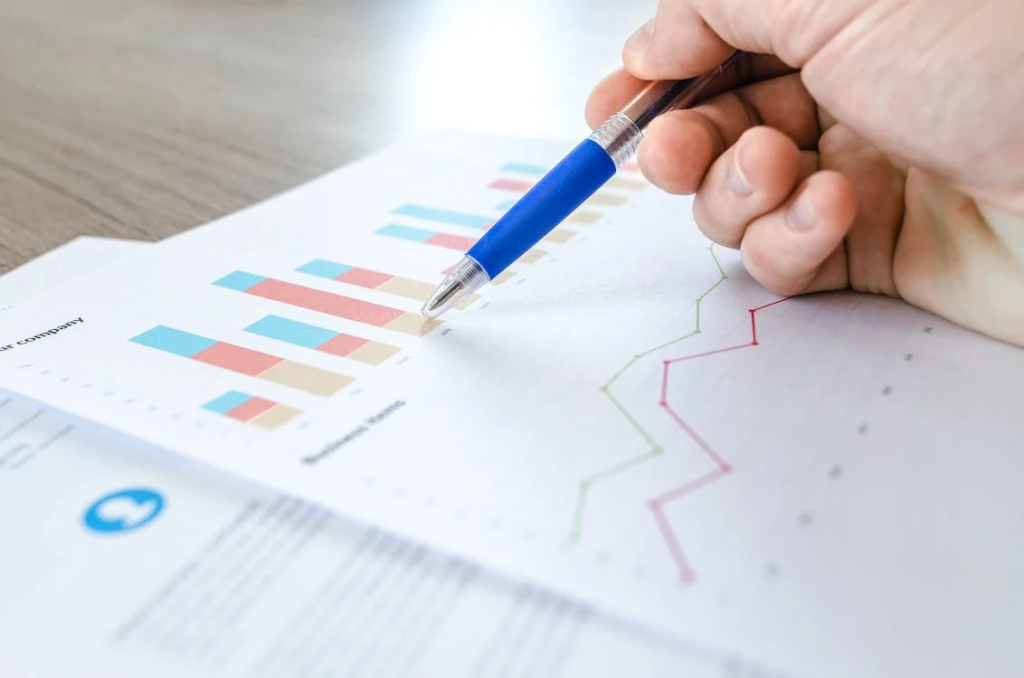The R&D credit helps businesses reduce their tax liability based on their qualified research expenses (QREs), but determining which expenses qualify can be confusing.
Keep reading to see if your research expenses qualify for the R&D tax credit.
Table of Contents
What Is the R&D Credit?
The federal R&D tax credit is a way that the government incentivizes domestic companies to perform research, improving and developing new processes and products. It’s a dollar-for-dollar credit that allows businesses to offset their payroll tax liability or federal income tax by performing qualified research.
Related: How to Calculate R&D Tax Credits
What Expenses Qualify?
Two categories of expenses qualify for the tax credit: Qualified research expenses and basic research payments (BRPs).
Most businesses claim the R&D credit based on QREs, which include employee wages, supply costs, and contracted research expenses.
Basic research payments don’t have to perform research for a specific objective but must aim to gain scientific knowledge; this expense category only applies to qualified organizations, like universities and scientific research departments.
On the other hand, businesses must use their QREs for a specific purpose.
Confused about what qualified research expenses your business has? We make it easy — automate your QREs and claim your R&D credit hassle-free with TaxRobot!
Does My Research Qualify for the R&D Credit? The Four-Part Test
Most businesses researching to develop or improve a product or process can qualify for the R&D credit — even if that research doesn’t produce desirable results.
The IRS put together a four-part test that businesses can use to determine if their research qualifies for the tax incentive.
For your business’s research to qualify for the R&D tax credit, it must:
- Eliminate Uncertainty
You can’t base your research on cosmetic adjustments — it must work to improve functionality and reduce ambiguity. The research you perform must eliminate technical uncertainty by working to develop or enhance a product, software, technique, formula, etc.
- Use Experimentation
Your business must also explore multiple avenues for success through experimentation. Experimentation typically means using the process of trial and error to create or improve reliability, quality, or performance.
- Be Technological
The methods you use to perform research must be technological in nature — meaning you use hard sciences throughout the development and experimentation processes. While your research does not have to concern about technical products, you must use scientific principles.
- Have a Qualified Purpose
Your research’s goal must be to benefit your company, whether it’s through creating or improving a product, process, or software. Having a qualified purpose means attempting to improve a performance factor, including speed, quality, or accuracy.
Related: What’s the Difference Between R&D and R&E?
What Expenses Count As R&D for the Tax Credit?

You can generally claim the costs your business pays associated with performing research activities. However, general and administrative costs do not qualify for this credit.
The three primary expense categories that count toward the R&D tax credit are:
- Employee Wages
You can claim any taxable wages you pay to employees that perform qualified research activities as an eligible expense. These employees include:
- Anyone who engages in qualified research
- Supervisors of those performing the research
- Those directly supporting your research
For example, someone conducting lab experiments, first-line research scientists, and machinists who fabricate parts for a model fall under those three categories.
While taxable wages include stock option redemptions and bonuses, any payments not subject to withholding do not count as a qualified expense for the R&D credit.
Finally, if an employee spends 80% more of their hours on qualified research, you can include 100% of their wages as an expense. However, if they spend fewer hours on research, you can only include their actual hours spent on qualified activities.
- Supply Costs
The supplies you use to perform qualified research also qualify as an expense for the R&D credit. Typically, any tangible property you use to conduct R&D — excluding land and property improvements — that you don’t depreciate counts as a qualified expense.
The following supplies are not qualified expenses:
- Overhead costs
- Asset rentals
- Office supplies
- Licensing fees
- Depreciable equipment
- Meals and travel expenses
Supply expenses will make up a small portion of most businesses’ QREs; if they make up a significant portion of your credit, the IRS will likely look closely to see if you included ineligible supplies.
- Contracted Research
If a third party performs qualified research on behalf of your business, you can likely expense it as contracted research. However, to count this expense toward the R&D credit, your business must:
- Maintain the rights to the findings of the research; and
- Take on the financial risk of the research failing
That requirement means that your company has to pay the contracted researcher(s) regardless of their findings — if you only pay for the research if it’s successful, it does not qualify as an R&D expense.
Generally, you can include 65% of contracted research as an expense. However, if a qualified research consortium (tax-exempt organizations that conduct scientific research) is your contractor, you can claim 75% of the expenses.
How Can New Businesses Benefit From the R&D Credit?

Startup businesses might spend a lot on research without any income tax liability, so how does the R&D credit work for them?
The PATH Act allows startups and small businesses to apply the credit against their payroll taxes, reducing their tax burden for up to five years.
Even if your company is not yet profitable, it can receive tax benefits from its research activities if:
- You have less than five years of gross receipts; and
- Less than $5 million worth of gross receipts during the credit year
Eligible small businesses can get up to $250,000 in R&D credits to use toward their payroll tax liability annually.
Related: R&D Amortization Changes to Know
Automate Your R&D Tax Credit With TaxRobot
Hopefully, you now have a better understanding of what research expenses your company can use to claim the R&D tax credit.
However, the last thing your business needs is to miss out on qualifying expenses or get flagged by the IRS for claiming expenses for ineligible research activities.
The solution? Automate your R&D tax credit with TaxRobot — the AI-powered software developed by R&D tax experts. Get started on your way to a bigger refund here.
